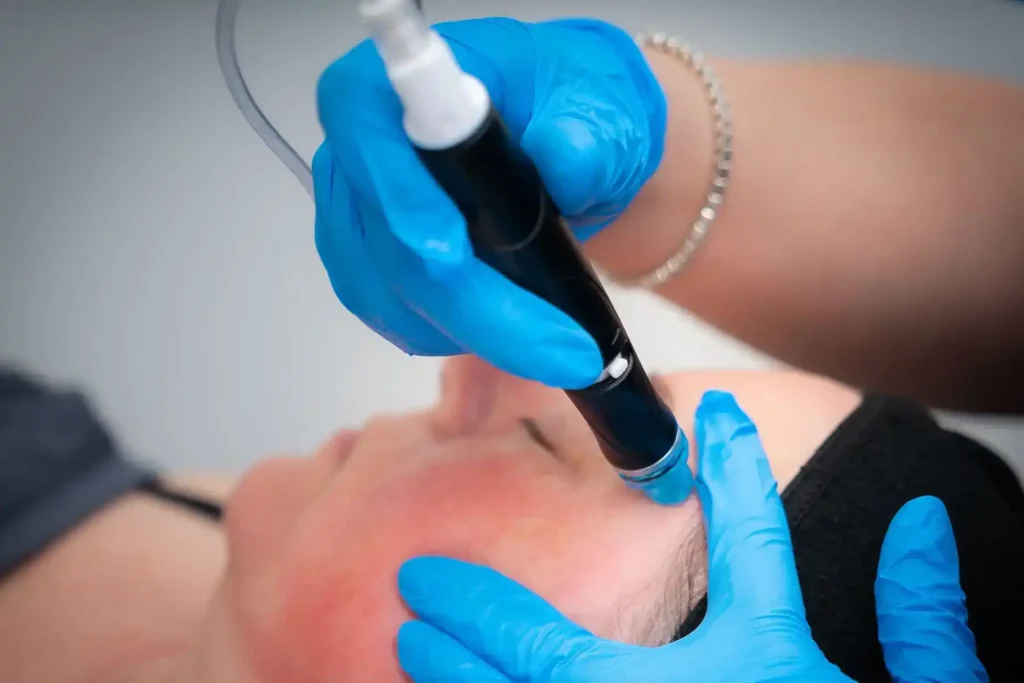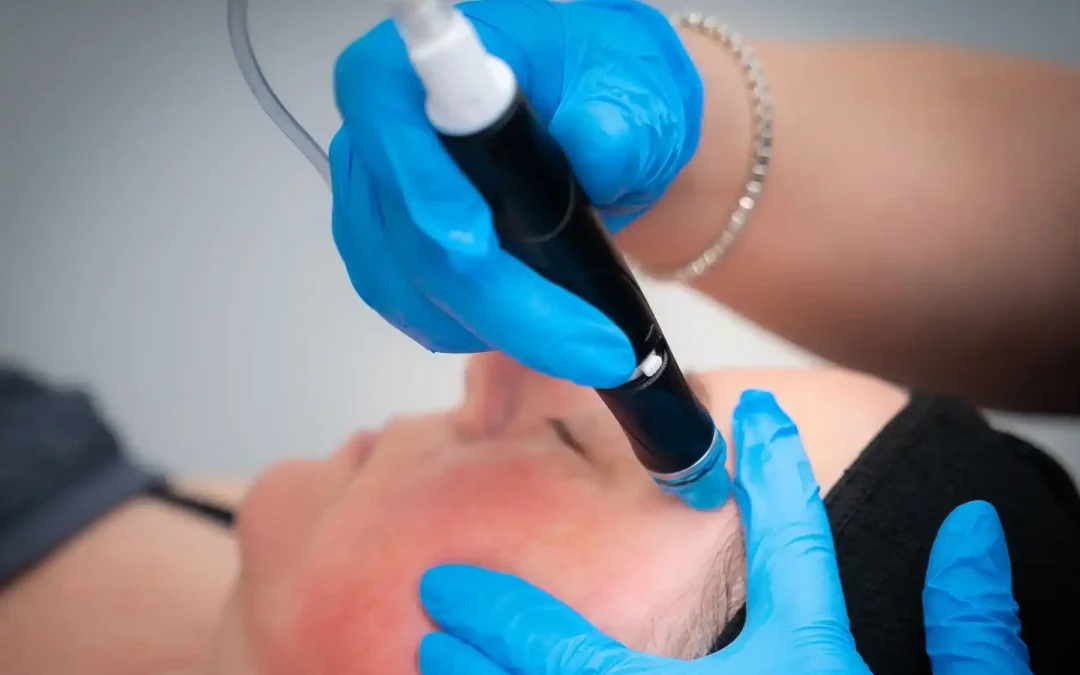When it comes to skincare treatments, the debate of “Hydrafacial vs Microdermabrasion” often surfaces. Both promise to revitalize the skin, yet they differ significantly in approach and results. Dive in as we dissect these treatments, revealing which one might offer a superior skincare experience.
Hydrafacial utilizes advanced vortex fusion technology for gentle exfoliation without damaging deeper skin layers. It addresses concerns like acne, scarring, aging, and pigmentation. On the other hand, microdermabrasion uses abrasive techniques that lack the precision and impact of Hydrafacial.
How Hydrafacial Functions:
Hydrafacial employs a device with a spiral design, removing the top layer of dead skin cells and promoting cellular renewal. This primes the skin to better absorb topical products.
Distinguishing Hydrafacial from Microdermabrasion:
Hydrafacial, or “HydraDermabrasion,” is an advanced form of microdermabrasion. While the latter simply exfoliates, Hydrafacial offers hydro-exfoliation, deep cleansing, peeling, and antioxidant treatments. It’s a customizable, medical-grade procedure with quick results and zero downtime.
Hydrafacial’s Edge:
Beyond reducing fine lines and wrinkles, Hydrafacial tackles acne scars, rosacea, and pigmentation. It’s more relaxing, effective, and science-backed than microdermabrasion.
What’s in a Hydrafacial Treatment?
Hydrafacial involves skin cleansing, exfoliation, blackhead extraction, and hydration. It addresses anti-aging, pigmentation, acne, congestion, redness, and sensitivity.
In essence, comparing Hydrafacial and microdermabrasion is like comparing apples to oranges.

So, after all of that you can probably see that Hydrafacial and microdermabrasion are very different things – there’s really no comparison.
If you’d like to experience what a Hydrafacial can do for you, follow the links below to book a Hydrafacial in Wrexham or for our Cheshire residents, a Hydrafacial in Nantwich:


